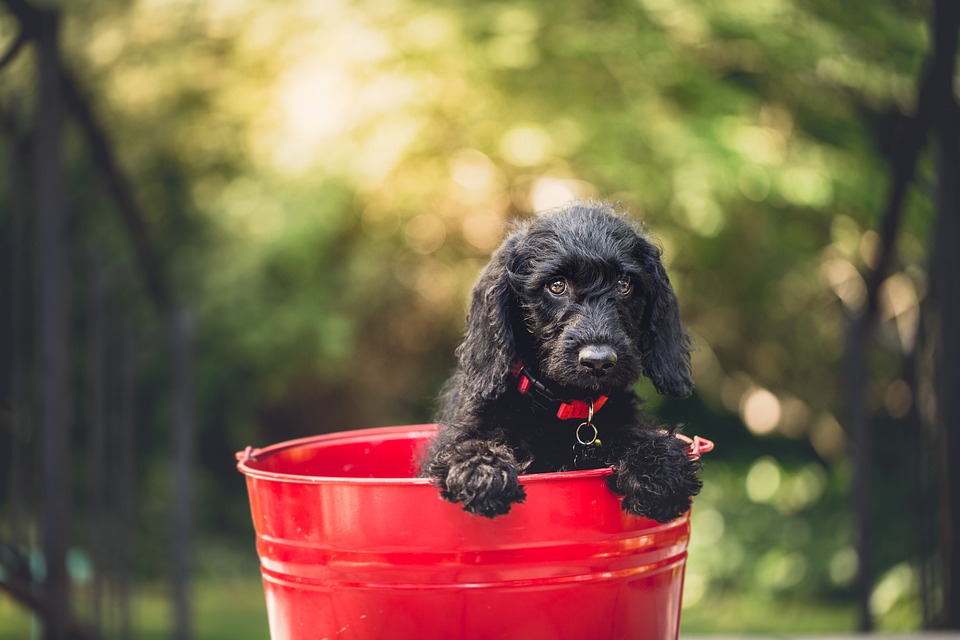# A Guide to Choosing the Right dog food for Your Furry Friend
Choosing the right dog food for your beloved pet can be a daunting task. With so many options available on the market, it’s important to understand the nutritional needs of your furry friend and how to make an informed decision. In this article, we will provide you with a comprehensive guide to help you select the best dog food for your pet’s health and happiness.
## Understanding your dog’s nutritional needs:
Before diving into the world of dog food, it’s crucial to have a basic understanding of your dog’s nutritional requirements. Dogs need a balanced diet that includes proteins, fats, carbohydrates, vitamins, and minerals. The specific needs may vary depending on your dog’s age, breed, size, and activity level. Consult with your veterinarian to determine the ideal nutritional profile for your furry friend.
## Different types of dog food:
When it comes to dog food, there are three main types: dry, wet, and raw.
### 1. Dry dog food:
Dry dog food, also known as kibble, is the most popular and widely available option. It offers convenience, a longer shelf life, and promotes dental health by reducing tartar buildup. Look for high-quality dry dog food that contains real meat as the first ingredient and is free from artificial additives.
### 2. wet dog food:
Wet dog food typically comes in cans or pouches and contains higher moisture content. It is an excellent choice for dogs with dental issues or those who struggle to stay hydrated. While wet food can be more expensive and has a shorter shelf life, it often contains higher meat content than dry food.
### 3. Raw dog food:
Raw dog food, also known as a BARF (Biologically Appropriate Raw Food) diet, is gaining popularity among pet owners. This type of food consists of uncooked meat, bones, organs, fruits, and vegetables. It aims to mimic the diet of a dog’s wild ancestors. However, it is essential to consult with a veterinarian or a pet nutritionist before transitioning your dog to a raw food diet, as it requires careful planning and consideration.
## Key factors to consider when choosing dog food:
### 1. Ingredients:
Check the ingredient list to ensure that the dog food contains high-quality protein sources, such as chicken, beef, or fish, rather than by-products or fillers. Avoid foods with artificial colors, flavors, and preservatives. Look for whole grains, fruits, and vegetables to provide essential vitamins and minerals.
### 2. Nutritional adequacy:
Ensure that the dog food you choose meets the nutritional standards set by the Association of American Feed Control Officials (AAFCO). Look for statements on the packaging such as “complete and balanced” or “meets AAFCO nutrient profiles” to ensure your pet’s dietary needs are met.
### 3. Age and breed considerations:
Puppies, adult dogs, and senior dogs have different nutritional requirements. Additionally, certain breeds may have specific dietary needs. Choose a dog food formulated specifically for your dog’s age and breed to ensure optimal health and growth.
### 4. Allergies and sensitivities:
If your dog has any known allergies or sensitivities, avoid ingredients that trigger adverse reactions. Common allergens include grains, beef, dairy, and certain proteins. Opt for limited ingredient or hypoallergenic dog food to cater to your dog’s specific needs.
## Frequently Asked Questions (FAQs):
### Q: How much should I feed my dog?
A: The amount of food your dog needs depends on factors such as age, weight, activity level, and metabolism. Follow the feeding guidelines provided on the packaging as a starting point, and adjust as needed based on your dog’s individual requirements.
### Q: Can I switch my dog’s food abruptly?
A: Sudden changes in diet can upset your dog’s digestive system. To avoid any stomach upset, gradually transition your dog to a new food over a period of 7-10 days by mixing increasing amounts of the new food with the old food.
### Q: Should I feed my dog a grain-free diet?
A: Grain-free diets have gained popularity in recent years, but it’s important to note that grains are not inherently bad for dogs. However, if your dog has a grain allergy or sensitivity, a grain-free diet may be beneficial. Always consult with your veterinarian before making dietary changes.
### Q: Are homemade diets a good option for dogs?
A: Homemade diets can be a viable option, but they require careful planning and balancing to ensure your dog receives all the necessary nutrients. It’s best to consult with a veterinarian or a pet nutritionist to create a well-rounded homemade diet for your dog.
## Conclusion:
Choosing the right dog food is vital for your furry friend’s overall health and well-being. By understanding your dog’s nutritional needs and considering factors such as ingredients, age, breed, and allergies, you can make an informed decision. Remember to consult with your veterinarian for personalized guidance and recommendations. With the right dog food, you can provide your beloved pet with a nutritious and delicious meal every day.









